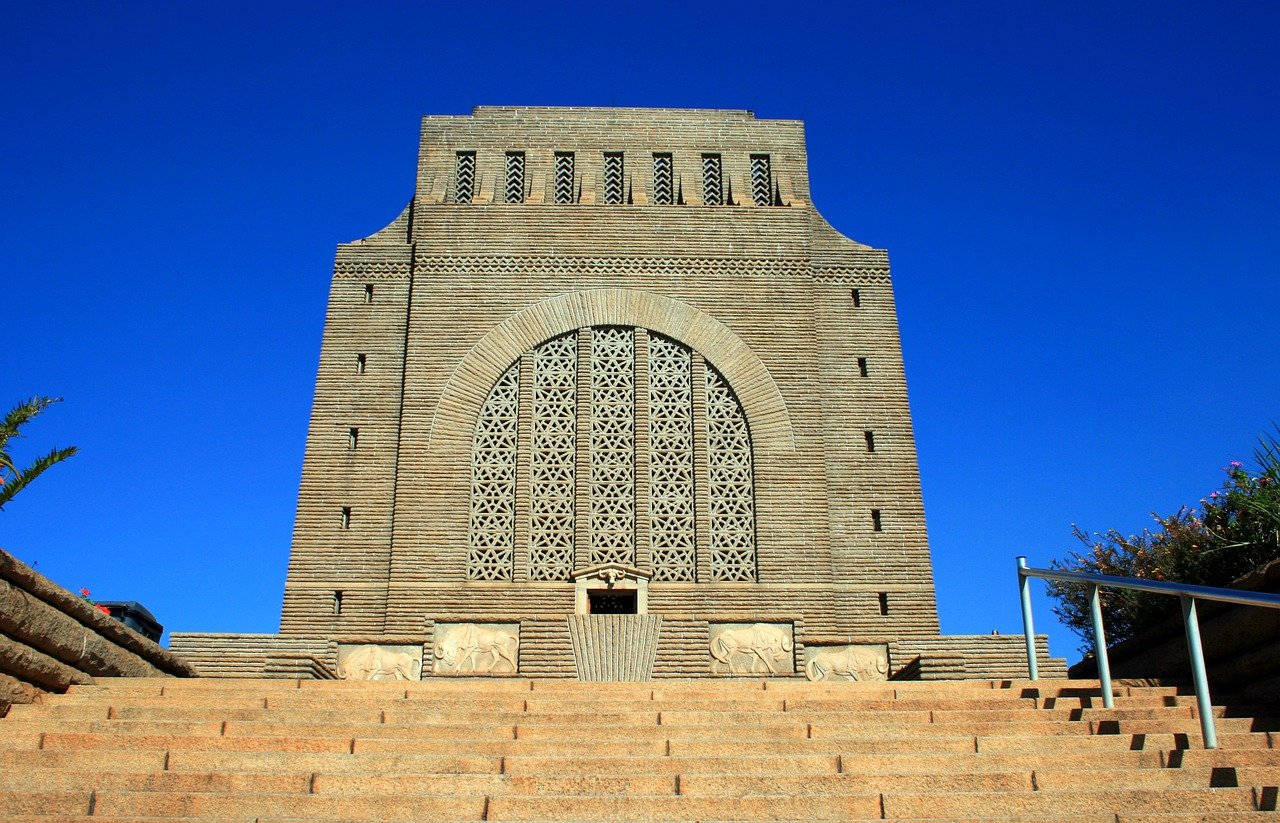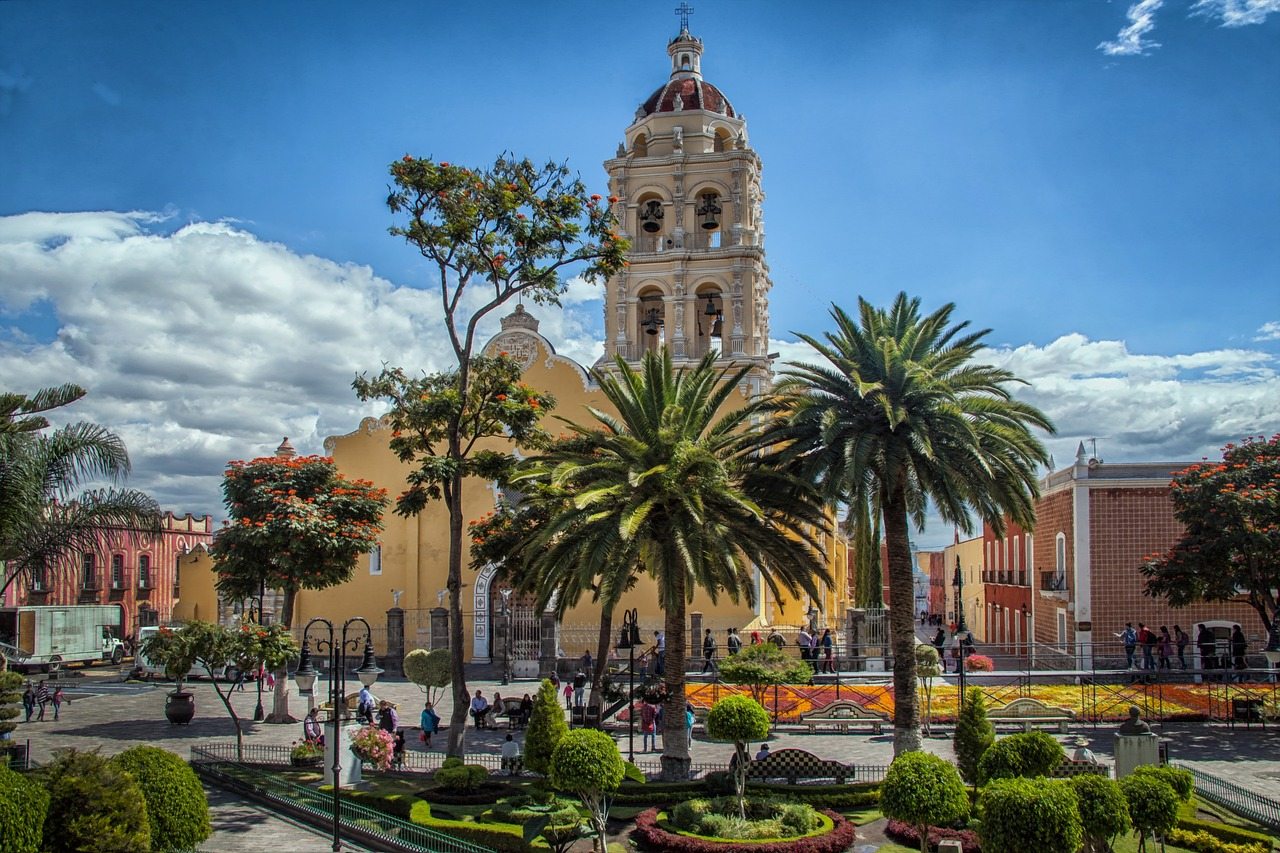Puebla City weather is a topic of great interest for both locals and visitors alike. Located in the central region of Mexico, Puebla City experiences a subtropical highland climate, characterized by mild temperatures and a rainy season that runs from May to October. The city also experiences a dry season from November to April, with temperatures ranging from cool to warm.
One of the most notable features of Puebla City weather is the contrast between the daytime and nighttime temperatures. During the day, temperatures can reach up to 30°C (86°F), while at night they can drop to as low as 10°C (50°F). This contrast can make for a pleasant experience during the day, but it can also make for chilly evenings, so it’s important to pack accordingly.
Another important aspect of Puebla City weather is the rainy season, which runs from May to October. During this time, the city experiences an average of 80-100mm of rain per month. While the rain can make for a pleasant break from the heat, it can also cause flooding and landslides in some areas. It’s important to be aware of the weather forecast and to take necessary precautions when traveling during this time.
Overall, Puebla City weather can be described as mild and pleasant, with temperatures ranging from cool to warm. The city experiences a rainy season and a dry season, and the contrast between daytime and nighttime temperatures can make for a unique experience. With this in mind, let’s take a look at the average temperature and precipitation for each month of the year.
| Month | Low (°C) | High (°C) | Low (°F) | High (°F) | Rain (%) |
|---|---|---|---|---|---|
| January | 5 | 22 | 41 | 72 | 10 |
| February | 6 | 24 | 43 | 75 | 10 |
| March | 7 | 25 | 45 | 77 | 10 |
| April | 8 | 26 | 46 | 79 | 20 |
| May | 10 | 28 | 50 | 82 | 30 |
| June | 13 | 30 | 55 | 86 | 40 |
| July | 14 | 32 | 57 | 90 | 50 |
| August | 14 | 32 | 57 | 90 | 60 |
| September | 12 | 29 | 54 | 84 | 70 |
| 11 | 27 | 52 | 81 | 80 | |
| November | 8 | 24 | 46 | 75 | 40 |
| December | 6 | 22 | 43 | 72 | 20 |
When it comes to deciding the best time to visit Puebla City, it ultimately depends on what type of experience you’re looking for. If you prefer milder temperatures and less likelihood of rain, the dry season from November to April may be the best option. However, the rainy season can also be a great time to visit as the rain can bring relief from the heat and make for a more lush and green environment.
One of the best times to visit Puebla City is during the spring months of March to May. The weather is warm, but not yet hot, and the chance of rain is relatively low. This is a great time to explore the city’s many outdoor attractions, such as the Puebla Cathedral and the Zócalo. Additionally, during this time, Puebla City celebrates its famous Cinco de Mayo festival, which is a great opportunity to experience the city’s rich culture and history.
The summer months of June to August can also be a great time to visit Puebla City, as the weather is warm and the chance of rain is relatively low. However, it’s important to note that these months can be quite hot and the city can be crowded with tourists. If you’re planning on visiting during the summer, it’s important to stay hydrated and take frequent breaks in the shade.
If you’re looking for a more unique experience, the rainy season from May to October can also be a great time to visit Puebla City. The rain can bring a lush and green environment, and the city’s many indoor attractions such as museums and churches are a great way to escape the weather. Additionally, during this time, Puebla City celebrates its famous Guelaguetza festival, which is a great opportunity to experience the city’s rich culture and history.
In conclusion, the best time to visit Puebla City depends on what type of experience you’re looking for. The dry season from November to April offers milder temperatures and less likelihood of rain, while the rainy season from May to October can bring relief from the heat and make for a more lush and green environment. Spring and summer months offer warm weather and less chance of rain, but it can be crowded with tourists. Whichever time you decide to visit, be sure to be prepared for the weather and to take advantage of all that Puebla City has to offer.



